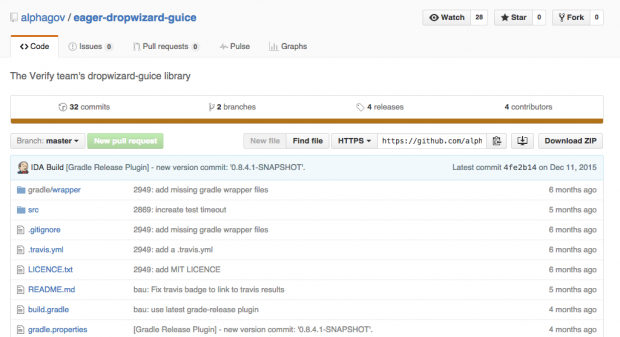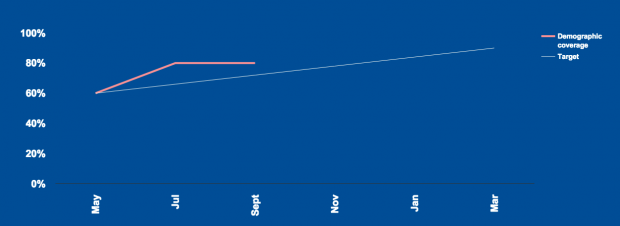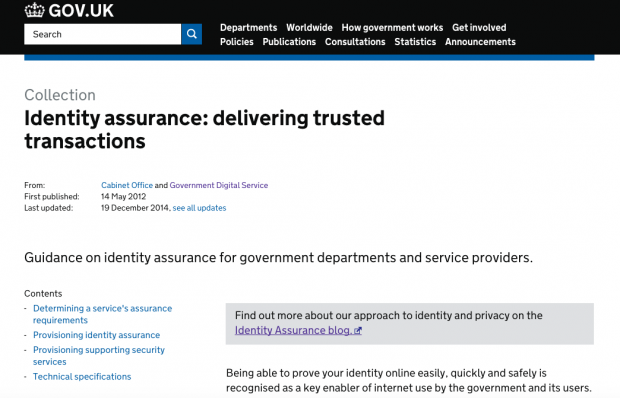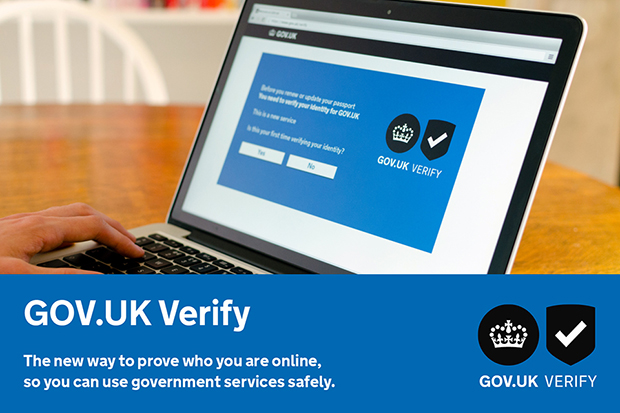Releasing safe and useful code for GOV.UK Verify

...to why this cannot be done for specific subsets of the source code). This post is about how we’re going to open up our code. It explains what we’ve opened...

...to why this cannot be done for specific subsets of the source code). This post is about how we’re going to open up our code. It explains what we’ve opened...

...code by text message each time you signed in using GOV.UK Verify. Now, when you sign in to a service using GOV.UK Verify, you can now choose to use an...

...company to check digitally that your given information matches a valid record. The GOV.UK Verify team is responsible for building and maintaining the central part of the federation - the...

...step such as having a one-off code sent to your mobile phone or generating a code in an authentication app. Therefore, if your information is lost or compromised it will...
...do publish information about our design, but we don’t publish code that would reveal specifics about our implementation of the design. As James explains, 'we don’t publish information about the...
...in our codebase and allow us to deploy new code faster Things we plan to do next Over the Christmas period we have a change freeze and are not deploying...

...published We made the first small step towards opening up our codebase this year when we published a small module of code. There is a lot more to come in...

...with GOV.UK Verify Graph showing user sign ins and accounts created The growth in traffic this January took usage of GOV.UK Verify over another significant milestone. As of Saturday 30th...

...GOV.UK Verify in accordance with the Technology Code of Practice, the Identity Assurance Principles and the Code of Interoperability. We’ll need to adapt these procedures to work for local government...

...standards and supporting details have been agreed. Most Member States will build a ‘node’: a central point that will be used to send requests for digital identities from government services...